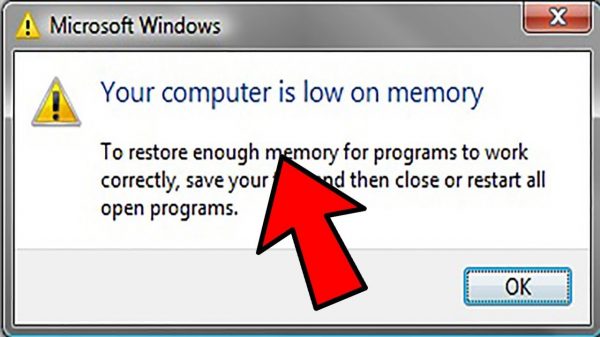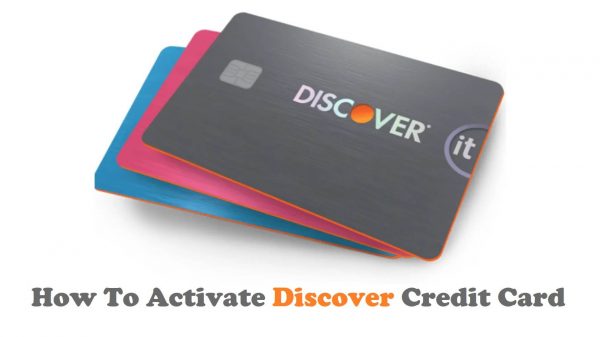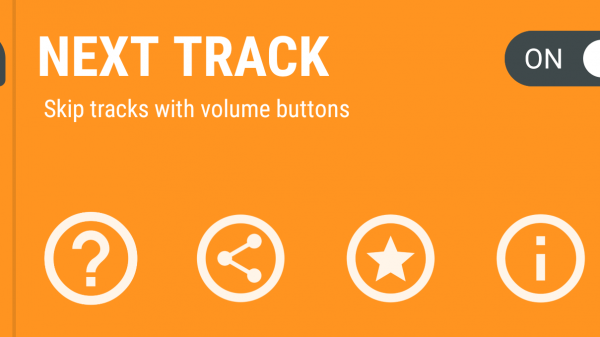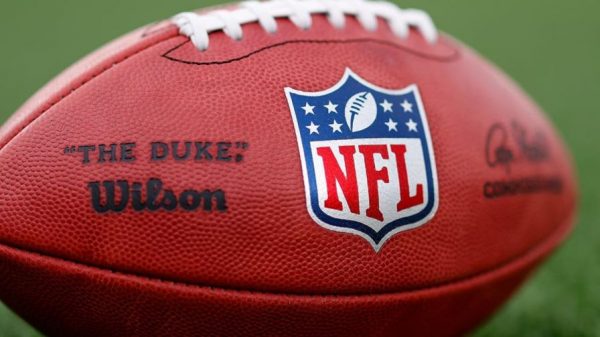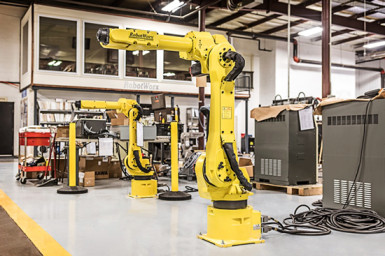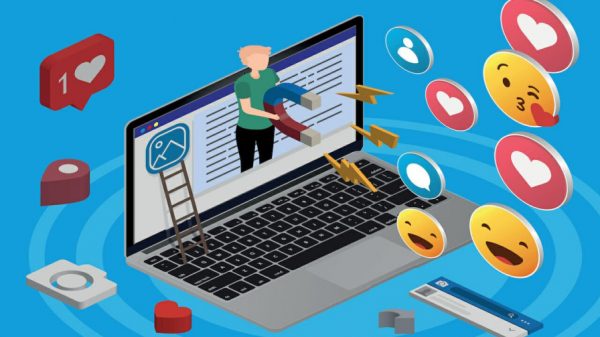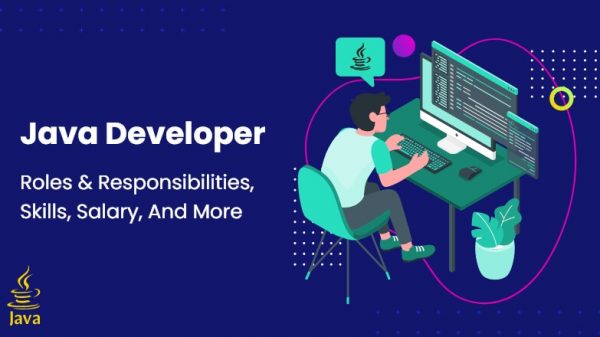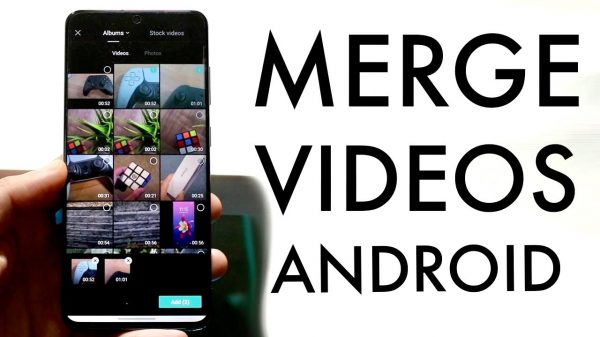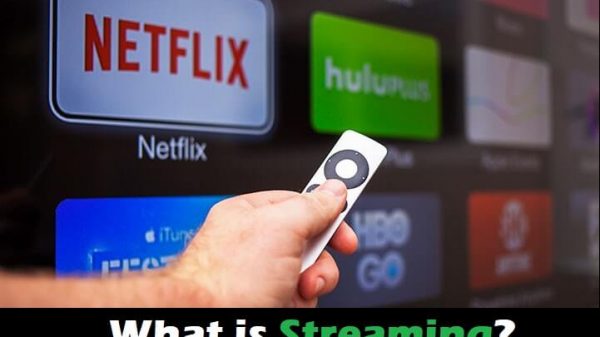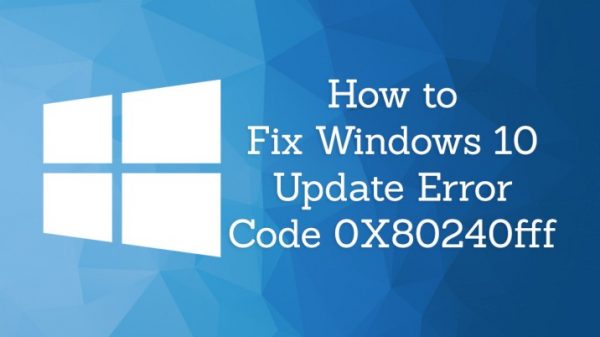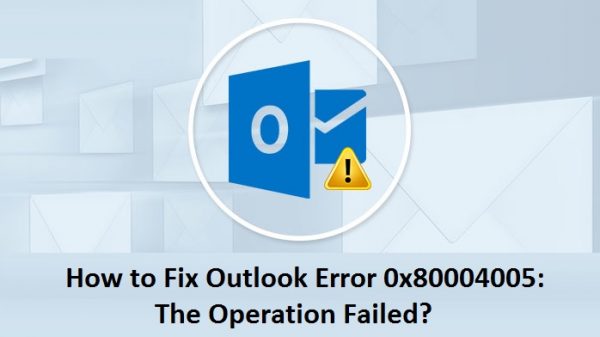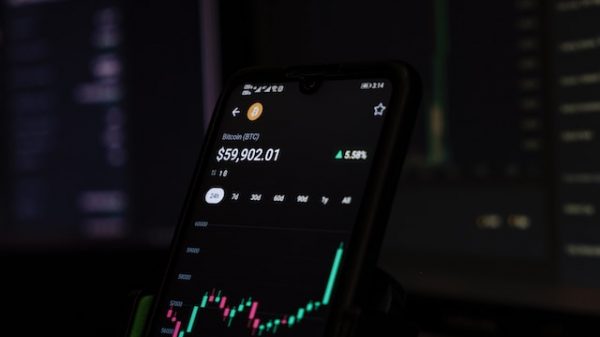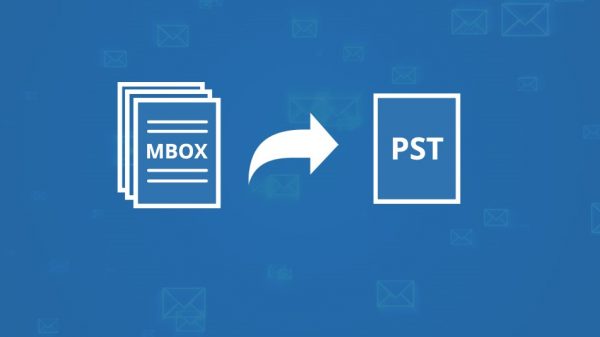Using AI and ML, facial recognition software (FRS) compares faces in photos to an existing database of identities. The top tools on the market in 2021 are thoroughly explained in this post along with FRS.
Summary of Contents
- What Is Software for Facial Recognition?
- Important Components of a Facial Recognition Software
- How to Choose the Right Software Checklist
- The Top 11 Face Recognition Programs for 2021
What Is Software for Facial Recognition?
A biometric technology called facial recognition software (FRS) is used to compare faces in photographs, typically captured in still photos and video, to identities already stored in a database. It can be divided into three sections: face detection (finding a face in an image), face mapping, and face recognition (confirming identity).
The automatic photo tagging function on Facebook or even Google Photos is an illustration of facial recognition technology. These types of social media and technology behemoths leverage their current database of uploaded photographs to match a user to the face in the picture. FRS techniques need sophisticated artificial intelligence since facial features are significantly more complicated than other biometric measures like fingerprints and the iris of the eye.
NIST reported in 2021 that facial recognition algorithms now only have an average mistake rate of 0.08%, down from 4.1% in 2014. Since then, deep learning and neural networks have advanced tremendously, allowing for considerable advancements in 3D recognition software.
We now have more potent microcontrollers and CPUs, as well as better camera technologies for lenses and on-chip processing, so it’s not only the fundamental algorithms that are changing. The FRS industry has benefited from having easy access to this hardware in the shape of cellphones.
What is the process of facial recognition software?
Any effective FRS needs three essential elements:
- Image-capturing hardware. The software can also accept these photos from different sources.
- The ability to compare the photographed faces to stored information.
- A database, or a collection of identities that already exist. These might be anything from employee databases to social media photographs that have been cleaned up. (Please be aware that using scrubbing on social media is unethical.)
Let’s now examine the FRS’s operation.
Detection: The first step in detection is to remove the face from the image that was input into the system. The human face’s various features are then marked. Certain facial characteristics are age- and size-insensitive.
The separation between the eyes, the depth of the eye socket, and the nose’s shape are a few of these. There are about 80 of these so-called “landmarks” in all. Then, a code is constructed using the measurements of these landmarks. Everybody has their own version of this code, which is known as a “faceprint.”
Matching: This faceprint is next compared to the prints that the system has stored. To ensure accuracy, the image goes through numerous layers of technology at this point. Since most of our databases at the moment are 2D pictures, a layer of technology is required to process the database images.
Typically, this processing entails removing facial landmarks to make them resemble their 3D counterparts. The subject image must be encoded and decoded if it has a poor resolution in order to obtain details with the necessary resolution. The algorithms must take into account variations in lighting, expression, and angles.
Identification: Whether face recognition software is being used for surveillance or authentication will determine the purpose of this stage. An ideal result from this phase would be a 1:1 match for the subject.
There are several ways to accomplish this, including a short pass to eliminate some alternatives before allowing the more intricate layers to take control. To improve accuracy, several businesses combine skin texture analysis with facial recognition software.
To offer a nearly faultless service, each facial recognition software vendor concentrates on a different area of the technology layers. For instance, one piece of software might be used to analyse skin texture, while another might be used to remedy lighting issues.
Who employs facial recognition technology?
FRS is already being used as identification during payments and for building security by companies like Mastercard. Banks, ATMs, the hospitality industry, retail, and airports are possible applications for FRS. Companies focused on mobile commerce will gain the most from FRS. Marketing companies are investigating the use of FRS for individualised customer care. For instance, several online retailers of eyeglasses are experimenting with FRS to suggest glasses that complement your facial features. This eliminates having to go to a store and try them on. The most important FRS use cases now, however, are in security.
Key Requirements for a Facial Recognition Program
Software for facial recognition may be employed for marketing, surveillance, or authentication. Following are some crucial characteristics to consider when evaluating FRS choices, depending on your use case:
The database that an FRS’s artificial intelligence was trained on determines how accurate it is. The information must be constantly expanding and diverse in terms of gender and ethnicity. Additionally, there should be variation in the lighting, angles, and facial expressions in the training data. A good database also has many image resolutions for the system to use. The FRS is no exception to the rule that machine learning programmes are only as good as the databases they utilise to train.
Any biometric programme has a strong connection to an individual’s identification. This indicates that the information gathered by the FRS (in this example, faceprints) is extremely sensitive. User data has to be encrypted and periodically deleted. In the event of a data breach, software suppliers must have a solid plan in place.
False acceptance rate (FAR) and false rejection rate are the main indicators to take into account while evaluating an FRS (FRR). FAR is the misleading association of similarity between two photographs. If you use it for security in this situation, the incorrect person might be given access. Exact photos are mistakenly confused as different in FRR. The proper individual might not be allowed access in this situation. The FAR must be low and the FRR must be high in a realistic security scenario.
How to Choose the Right Software Checklist
The following questions should be taken into account by any organisation trying to select suitable facial recognition software:
Does the FRS satisfy your professional needs?
When identifying faces in a closed dataset (employee authentication), open dataset (retail customer monitoring), or simply for verification, you might need the FRS (just check if two images are the same).
Is the remedy safe?
Data must be secured against breaches through encryption. It ought to safeguard user privacy as well.
Are the programmes tested?
There are now available open data sources like LFW and MegaFace that may be used to test the accuracy of your own data. For the same, you can also employ outside data suppliers. Make sure the dataset used to test the system accurately represents the users of the system in your use case.
11 best Facial Recognition Software in 2021
The majority of the time, facial recognition software is included in services rather than being sold separately. Businesses can choose from the web service-based software solutions on the market today if they wish to incorporate facial recognition technology with their own goods and applications. The best 10 facial recognition programmes on the market right now are discussed below.
1. Amazon Rekognition
Currently, media companies, market analytics companies, e-commerce websites, and credit solutions are among Amazon Rekognition’s clients. Documents, examples, and tutorials are provided for the solution. The number of pictures evaluated and the services employed determines the cost structure. Image processing is included in the AWS free tier and is accessible without charge.
You can analyse 5,000 photos each month and keep 1,000 pieces of face metadata in the Free Tier, which is valid for 12 months. Using the number of processed photos, the monthly cost is then determined (plus the storage fee, if applicable). Custom labelling and video processing are both available in tier-based options.
2. Betaface
Customers of Betaface include B2B software developers, media content creators, and web advertising and entertainment companies. Betaface assists with integration. If chosen, it also aids in the support of the entire web service and database infrastructure. You can use Betaface’s API for free for the first 500 photographs per day and afterwards for €0.035 per image.
Additionally, it offers three monthly membership plans: the basic plan, which costs $245 and processes 40000 photographs, the premium plan, which costs $490 and processes 100000 images, and the extreme plan, which costs $1595 and processes 300000 images. According to the subscription plan, extra fees are assessed for processing each additional photograph.
3. BioID
Companies that require e-identification and e-signing can use this solution. It offers services for online exam planners, self-service auto rentals, health care, biometric KYC, and financial services. The APIs for BioID are well-documented online. The services offered by BioID can be purchased on a pay-per-use basis. You can speak with BioID about the price.
Companies that have their own applications or goods may want to think about BioID. It is perfect for industries like automobile rentals where identification verification is crucial. As it complies with GDPR, this solution is appropriate for businesses with a global presence.
4. Cognitec
The ID management, law enforcement, physical security, and border control sectors now use Cognitec’s services. The programme is compatible with both free and paid goods. Clients of Cognitec have access to the Cognitec Customer Portal to report issues. Additionally, it offers consulting, training, and on-site support.
There is also a remote help group available. Prices vary depending on usage and start at $0.01 per user once. For businesses searching for crowd control and security solutions based on FRS, Cognitec is the ideal option. It has a significant presence in the facial recognition industry and can offer cost-efficient, effective solutions for use on a broad scale.
5. DeepVision AI
Currently, DeepVision is focusing on smart city planners. Advertising agencies and retail businesses make up the majority of their clients. For questions regarding web service integration, DeepVision AI offers a Q&A service via email. Additionally, it offers direct assistance from specialists in computer vision.
It also provides year-round, 24-hour support. The cost of this programme is calculated based on consumption. Your total cost will depend on how many requests you make. Based on facial recognition, age and gender recognition, vehicle recognition, visual context, visual search, and brand recognition, the programme charges $0.008 for every 10 queries.
6. Face++
Along with unique cloud services, Face++ provides SDKs and APIs to use each of these technologies. Face identification, comparison, search, facial landmark data, emotion recognition, eye-gaze estimation, skin status analysis, and 3D facial reconstruction are all included in its API offers.
Face comparison and information on facial landmarks are among its SDK offers. Today, Face++ is employed in the mobile phone, education, automotive, and internet marketing sectors. For its APIs and SDKs, Face++ has extensive online documentation. Additionally, it provides consumers with a help centre online.
7. FaceFirst

Retailers, transit hubs, and other businesses in need of solutions for customer engagement, loyalty, and authentication make up Facefirst’s clientele. Facefirst offers 24/7 support through an online help centre where customers can submit service issues. Inquire with FaceFirst about pricing.
Businesses wishing to include FRS in their sales and marketing initiatives could use FaceFirst. It has already been shown to be successful in major retail settings, particularly when it comes to retail theft.
8. Kairos
Kairos offers an SDK and web services based on FRS so that enterprises can combine their products. It offers services for facial identification, verification, and detection. The programme can keep track of crucial demographic information. Faster image and video indexing and search are made possible by its auto-tagging capability.
Market research, capital management, automotive, finance, health, and security are currently industries where Kairos is used. Kairos offers email support and online documentation. There is a 14-day free trial period for Kairos. Student Cloud costs $19 per month, Developer Cloud is $99 per month, and Business Cloud is $249 per month.
9. SenseTime
Smart city planners as well as businesses in the automotive, healthcare, and advertising industries make up SenseTime’s clientele.
Users can access documentation from SenseTime. For the price, speak with SenseTime. Businesses with greater needs for video-based facial recognition can use this solution.
10. Sky Biometry
Businesses running advertising campaigns, photo management, user authentication, or community moderation, such as dating profile moderation and verification, make up the majority of Sky Biometry’s present clientele. This programme offers comprehensive online API documentation.
Depending on the subscription package selected, the support response time varies. Sky Biometry offers three different pricing tiers: the free tier, the €50 tier, and the €100 tier. Even better, speak with Sky Biometry for a personalised price schedule. The number of API requests made each month, day, and hour, as well as the number of trained tags, determine the subscription plans.
11. Trueface.ai
Companies in the fintech, education, security, healthcare, retail, and hospitality industries make up its clientele. Governmental organisations can also benefit from its solutions. Trueface.ai has an active developer hub and offers online documentation.
Pricing per service begins at $99 per month. For companies that have coding knowledge, Trueface is perfect. Once the plug-and-play solution moves past beta, this could alter.
Takeaway:
Technology for facial recognition is now a reality. FRS is already being used by numerous organisations for commercial, marketing, and security-related objectives. The intelligence analytics obtained from FRS can be applied to further product outfitting and predictive analysis. Enterprises must test each FRS solution with a large and relevant dataset in order to have a successful FRS deployment.

